
Naval History Museum Etajima
Explore Japan's rich naval heritage through engaging guided tours and poignant exhibits at this active Self-Defense Forces facility.

Highlights
Must-see attractions

Social
From TikTok & Reddit
Best Time
Fewer crowds, more personal tours

Naval History Museum Etajima
Best Time
Fewer crowds, more personal tours

Highlights
Must-see attractions
Explore Japan's rich naval heritage through engaging guided tours and poignant exhibits at this active Self-Defense Forces facility.
"The free guided tours are incredibly insightful, bringing naval history to life with personal stories."

Free Guided Tours Available
Join a free 90-min tour led by retired SDF officers. Walk-ins welcome, but check website for group bookings.
Check Website for Details
Important info on tours, dress code (no shorts!), and prohibited items is on their official site.

Highlights
Discover the most iconic attractions and experiences
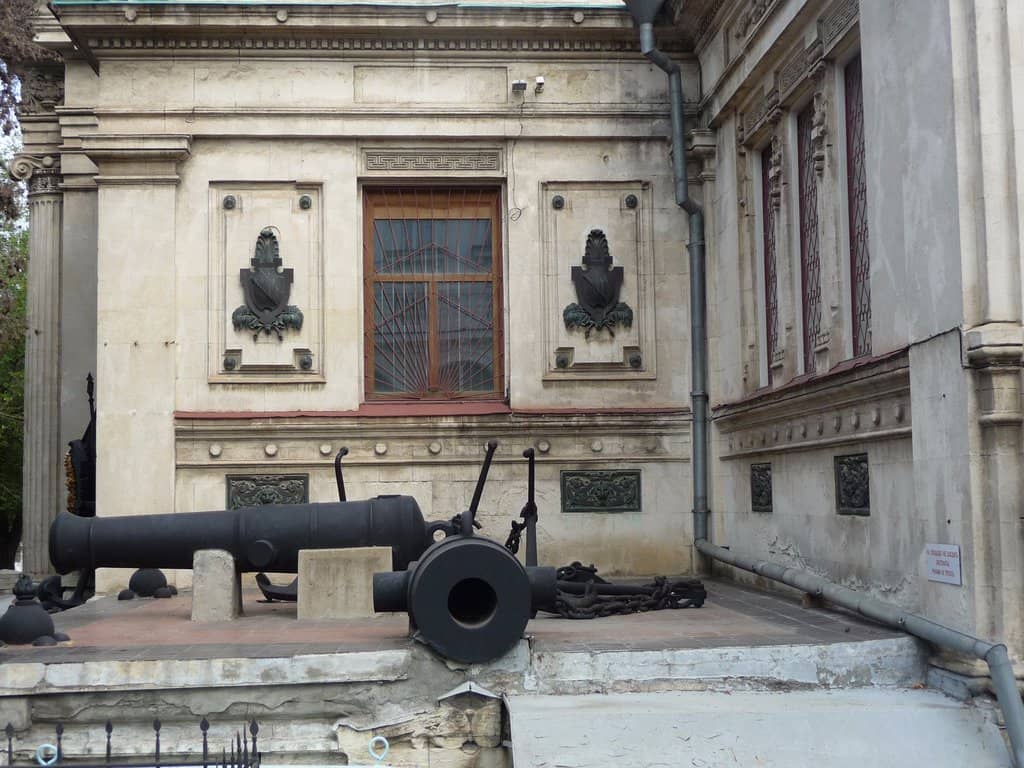
Educational Reference Museum
Inside the main building
Discover historical artifacts, including hair samples of famous admirals and poignant wills of kamikaze pilots. Photography is prohibited here.
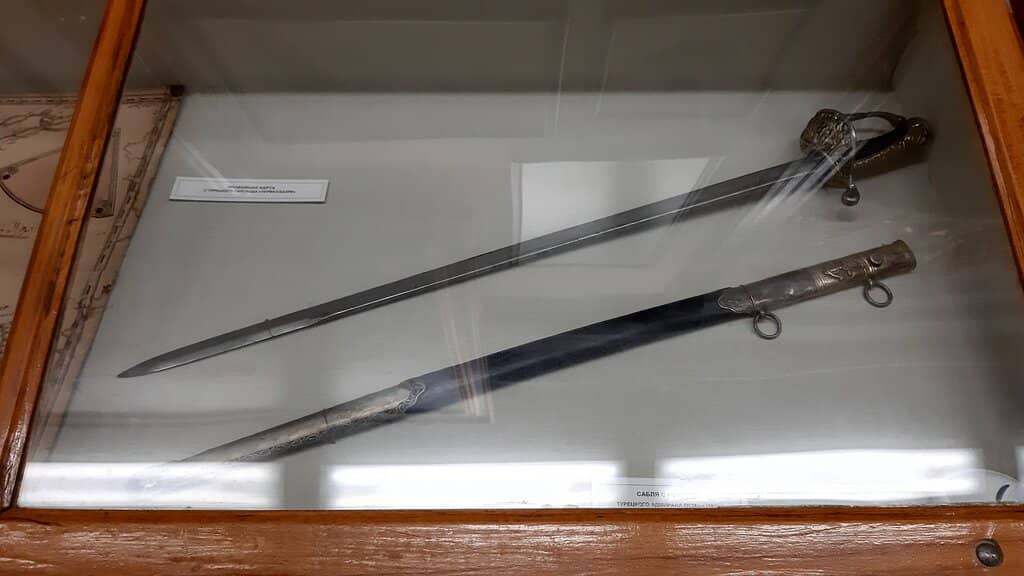
Guided Historical Tour
Throughout the facility
Engage with knowledgeable guides, often retired SDF officers, who bring the rich history of the Japanese Navy to life.
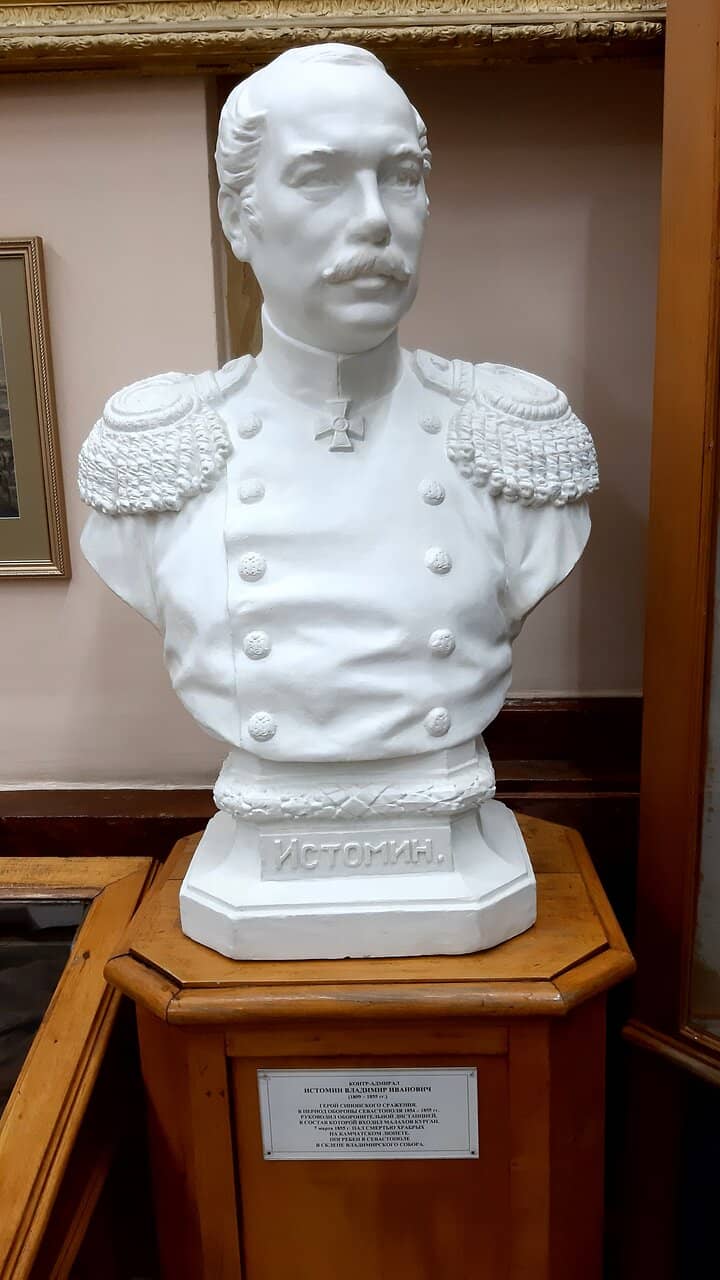
Souvenir Corner
Near the entrance/exit
A well-stocked shop offering a variety of mementos to commemorate your visit.
Plans like a pro.
Thinks like you
Planning Your Visit
Book Your Guided Tour
Dress Code & Etiquette
Best Times
Insider Tips
from TikTok, Instagram & Reddit
Free Guided Tours Available
Join a free 90-min tour led by retired SDF officers. Walk-ins welcome, but check website for group bookings.
Check Website for Details
Important info on tours, dress code (no shorts!), and prohibited items is on their official site.
Allow Ample Time
The museum is packed with info. You'll want at least 90 mins for the tour, more if you want to absorb everything.
Ferry Access
Easily accessible via ferry from Kure Port. Enjoy scenic views on your way to Etajima.
Tips
from all over the internet
Free Guided Tours Available
Join a free 90-min tour led by retired SDF officers. Walk-ins welcome, but check website for group bookings.
Check Website for Details
Important info on tours, dress code (no shorts!), and prohibited items is on their official site.
Allow Ample Time
The museum is packed with info. You'll want at least 90 mins for the tour, more if you want to absorb everything.
Ferry Access
Easily accessible via ferry from Kure Port. Enjoy scenic views on your way to Etajima.
What Travellers Say
Reviews Summary
Visitors consistently praise the free, in-depth guided tours led by knowledgeable former SDF officers, highlighting the profound historical insights and personal stories shared. The museum's exhibits, particularly the poignant wartime artifacts, leave a lasting impression. While photography is restricted in some areas, the overall experience is considered highly valuable and educational.
"I visited this place on a pilgrimage to Shogo Hamada's sacred site. I'm sure that young Hamada developed his feelings and appreciation for peace here. 🔔 You can join the tour (about 90 minutes) without a reservation, so it's definitely worth going! The guide leads the tour at a good pace, making it a very comfortable tour. 👍 I couldn't help but cry at the corner displaying the suicide notes of the kamikaze pilots. The souvenir corner was also well-stocked, which was great!"
明智左馬之助公彦(左馬之助蒼鬼)
"The other day, I had a tour of the facility.
You can learn about the people who have protected the country where they were born and raised from the Meiji Restoration to the present day.
If you are not in a group (large number of people), you can take a tour at the reception desk on the day, and a retired Self-Defense Force officer will give you an explanation for about an hour and a half.
I'm sure there are people who have different views on the Self-Defense Forces, but I think it's well worth a look.
If you are planning to take a tour, please check the details on the website."
SHO-FIVE NAKAMU-RA
"Visited on a weekday, March 12, 2025.
[Impressions] Free guided tour without reservations.
The tour really let me experience the history of the Japanese Navy.
[Itinerary]
After visiting the First Technical School,
we also took a tour of the Kure Bay ships.
It was a tight itinerary, but both were excellent!
Specifically, the itinerary is as follows:
10:15 Kure Port → Etajima Koyo Port (ferry)
Koyo Port → First Technical School (local bus)
11:15-12:45 First Technical School tour
First Technical School → Koyo Port (local bus)
Koyo Port → Kure Port (high-speed ferry)
14:00 - Kure Bay Ship Tour
(It was easier to arrange the ship tour if you inquire at the tour reception in advance.)
About the free guided tour of the First Technical School.
What was most impressive was the exhibits at the Educational Reference Museum (photography not allowed).
There was a room containing the hair of Togo Heihachiro, Admiral Nelson, and Yamamoto Isoroku. I don't know what's inside, but I was impressed by the stage set.
Also, there were many exhibits of wills left by naval soldiers from the Pacific War, which was also shocking.
The female guide's explanations were interesting, and the Educational Tourism Museum
was packed with so much information that it was impossible to see it all. I wish I had more time."
Tatsuya Ikeda
What People Like
What People Dislike
Frequently Asked Questions
🚇 🗺️ Getting There
The museum is accessible by ferry from Kure Port to Etajima Koyo Port. From Koyo Port, local buses can take you to the facility. Some visitors combine a visit with the Kure Bay Ship Tour for a full day of maritime exploration.
As it's a Self-Defense Forces facility, parking details should be confirmed directly with the museum or by checking their official website. Public transport via ferry and bus is a common and recommended method.
Yes, it's possible to visit as a day trip. Many visitors take a ferry from Kure (which is accessible from Hiroshima) to Etajima. Plan your ferry times carefully to maximize your visit.
🎫 🎫 Tickets & Entry
The guided tours at the Naval History Museum Etajima are free of charge. This is a significant benefit highlighted by many visitors who find the experience highly valuable.
While reservations are recommended for groups, walk-in visitors can often join a free guided tour on the day of their visit. It's best to check the official website for the most up-to-date information on booking requirements.
Opening hours can vary, and it's essential to check the official Naval History Museum Etajima website for the most current information. Tours typically last around 90 minutes.
Yes, as this is an active Self-Defense Forces facility, certain dress codes apply. Shorts are not allowed. Visitors should also be aware of photography restrictions in specific areas.
🎫 🧭 Onsite Experience
The guided tours at the Naval History Museum Etajima typically last about 90 minutes. Guides, often retired Self-Defense Force officers, provide detailed explanations of the exhibits and history.
Photography is generally not allowed in certain areas, most notably the Educational Reference Museum. Be sure to observe all posted signs and follow the guide's instructions regarding photography.
Exhibits cover the history of the Japanese Navy from the Meiji Restoration to the present day. Highlights include personal effects of famous admirals, wills of kamikaze pilots, and historical naval artifacts.
While the historical content can be profound, the guided tours are informative. Parents should consider the mature themes, such as the kamikaze pilot wills, when deciding if it's appropriate for younger children.
Visitors are required to adhere to a dress code. Specifically, shorts are not permitted. It's advisable to wear smart casual attire out of respect for the facility.
🍽️ 🛍️ Food & Dining
Information on on-site dining facilities is limited. It's recommended to plan for meals before or after your visit, perhaps in Kure or other areas of Etajima island.
While specific policies on outside food and drinks aren't detailed, it's generally good practice to consume them in designated areas or outside the museum premises, especially given its nature as a historical and military site.
📸 📸 Photography
Photography is restricted in certain areas, particularly the Educational Reference Museum. Always check for signage and follow your guide's instructions regarding where photos are permitted.
While interior photography might be limited, the exterior views of the facility and the surrounding maritime landscape can offer picturesque opportunities. Capture the journey to the island via ferry as well.
For Different Travelers
Tailored advice for your travel style
👨👩👧 Families with Kids
For a smoother visit, consider focusing on the broader historical narrative and the evolution of naval technology rather than dwelling on the more somber aspects. The well-stocked souvenir corner might also be a point of interest for younger visitors. Planning your visit around the guided tour is key to maximizing engagement and understanding.
🤔 History Buffs & Military Enthusiasts
Pay special attention to the Educational Reference Museum (though photography is restricted) and the artifacts related to key historical figures and periods, including the poignant wills of kamikaze pilots. The sheer depth of information and the authenticity of the artifacts make this a highly rewarding experience for serious enthusiasts. Allow ample time to absorb the details and engage with the guides.
✈️ Day-Trippers from Kure or Hiroshima
Plan your ferry schedule in advance to maximize your time on Etajima. A 90-minute guided tour is highly recommended to get the most out of your visit. Combine it with a visit to the Kure Bay ships for a full immersion into naval history. Remember the dress code (no shorts!) and be mindful of photography restrictions.
Deep Dives
In-depth insights and expert knowledge
The Significance of the Guided Tour
These tours are not just about reciting facts; they aim to foster an understanding of the sacrifices made and the evolution of naval defense. The guides often explain the context behind the exhibits, such as the strategic importance of naval bases or the technological advancements over the decades. The Educational Reference Museum, though off-limits for photography, is a particular highlight of the tour, housing sensitive and historically significant items that require careful explanation.
For those planning a visit, it's highly recommended to participate in a guided tour. While you can explore some areas independently, the guided experience provides a comprehensive and enriching perspective that is difficult to achieve otherwise. The duration of approximately 90 minutes allows for a thorough exploration without feeling rushed, making it a worthwhile investment of your time.
Navigating the Exhibits: A Journey Through Time
A particularly moving section of the museum is dedicated to the Pacific War era. Here, visitors can view wills and letters left by kamikaze pilots, offering a poignant and somber glimpse into the final moments of these individuals. The museum also houses unique items such as hair samples from historical admirals like Togo Heihachiro and Yamamoto Isoroku, presented in a way that emphasizes their legendary status. While photography is prohibited in this sensitive area, the impact of these exhibits is profound and often cited as a deeply affecting part of the visit.
Beyond the wartime exhibits, the museum also touches upon the post-war era and the development of the modern Maritime Self-Defense Force. This allows visitors to understand the continuity and changes in Japan's maritime defense strategy. The sheer volume of information and artifacts means that even a 90-minute guided tour might only scratch the surface, encouraging a deeper appreciation for the complexities of naval history.
Practicalities: Dress Code and Etiquette
In addition to dress code, visitors should be aware of photography restrictions. While general areas might allow photos, the Educational Reference Museum is a notable exception where cameras are not permitted. This is often due to the sensitive nature of the artifacts displayed, such as personal letters and wills. Always look for signage and follow the instructions of your guide to avoid any issues.
Beyond these specific rules, general etiquette is expected. This includes maintaining a respectful demeanor, listening attentively during the guided tour, and refraining from loud conversations. By following these guidelines, visitors can ensure a smooth and respectful experience for themselves and others, contributing to the preservation of the museum's historical integrity.

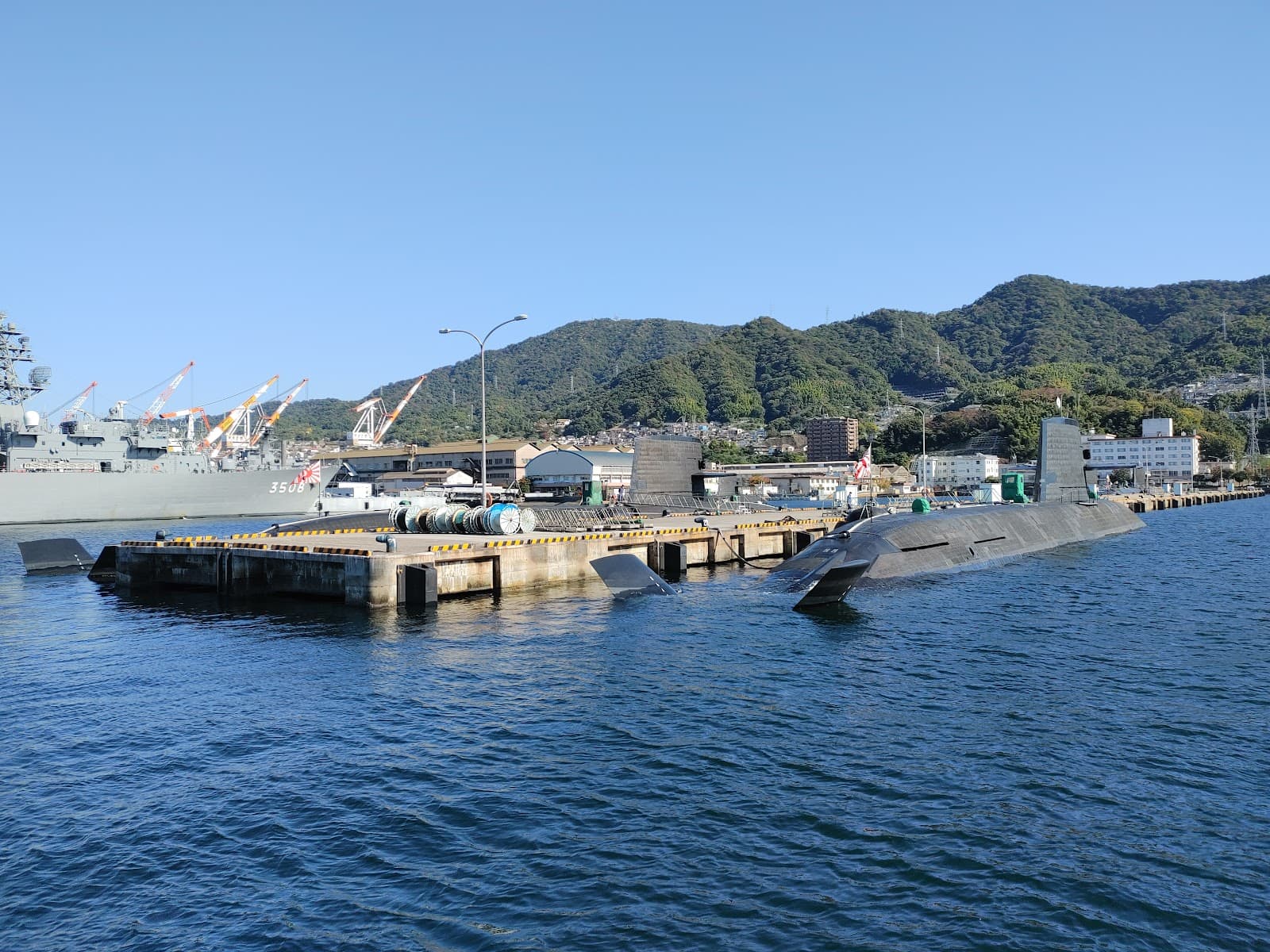
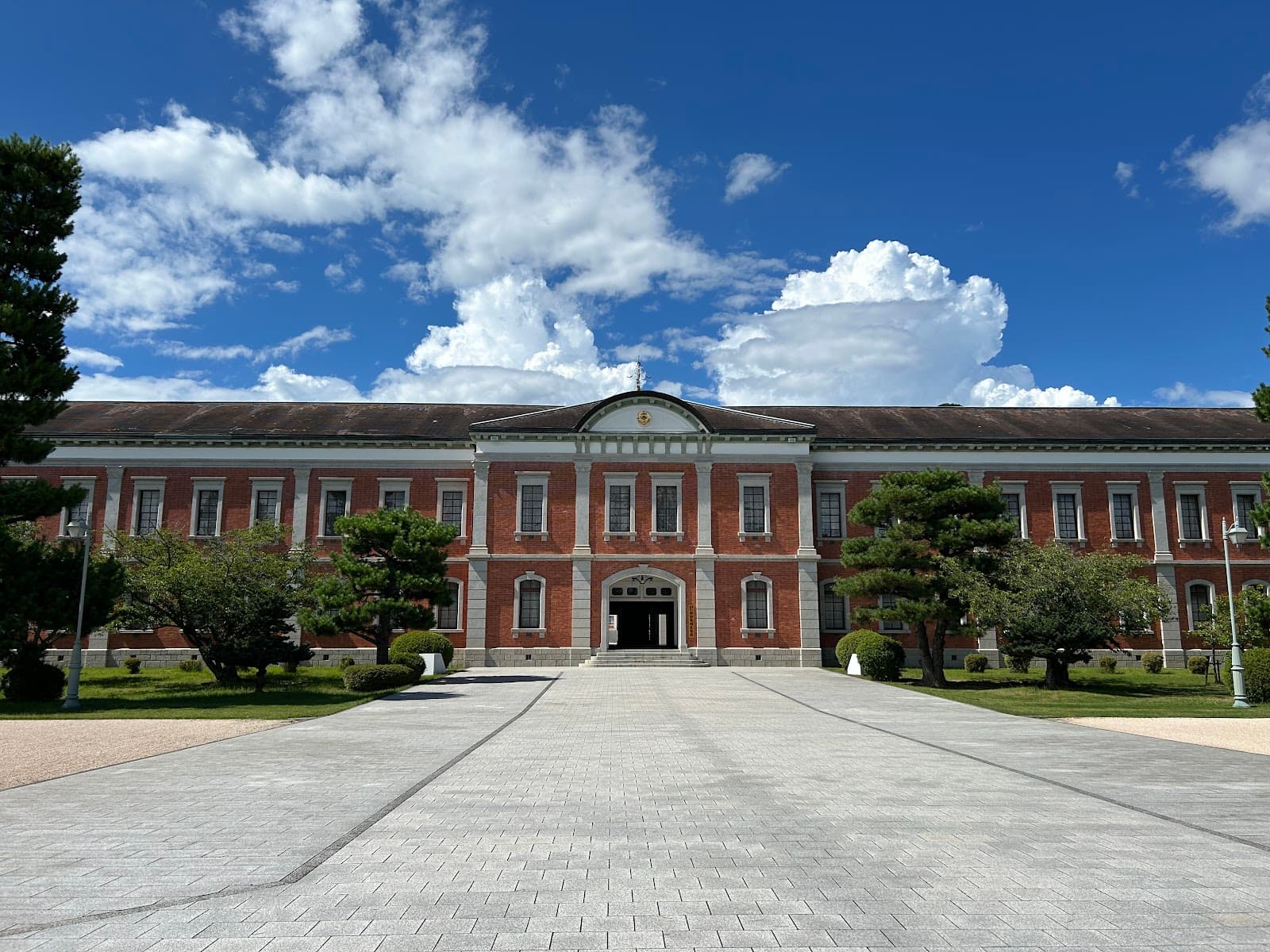
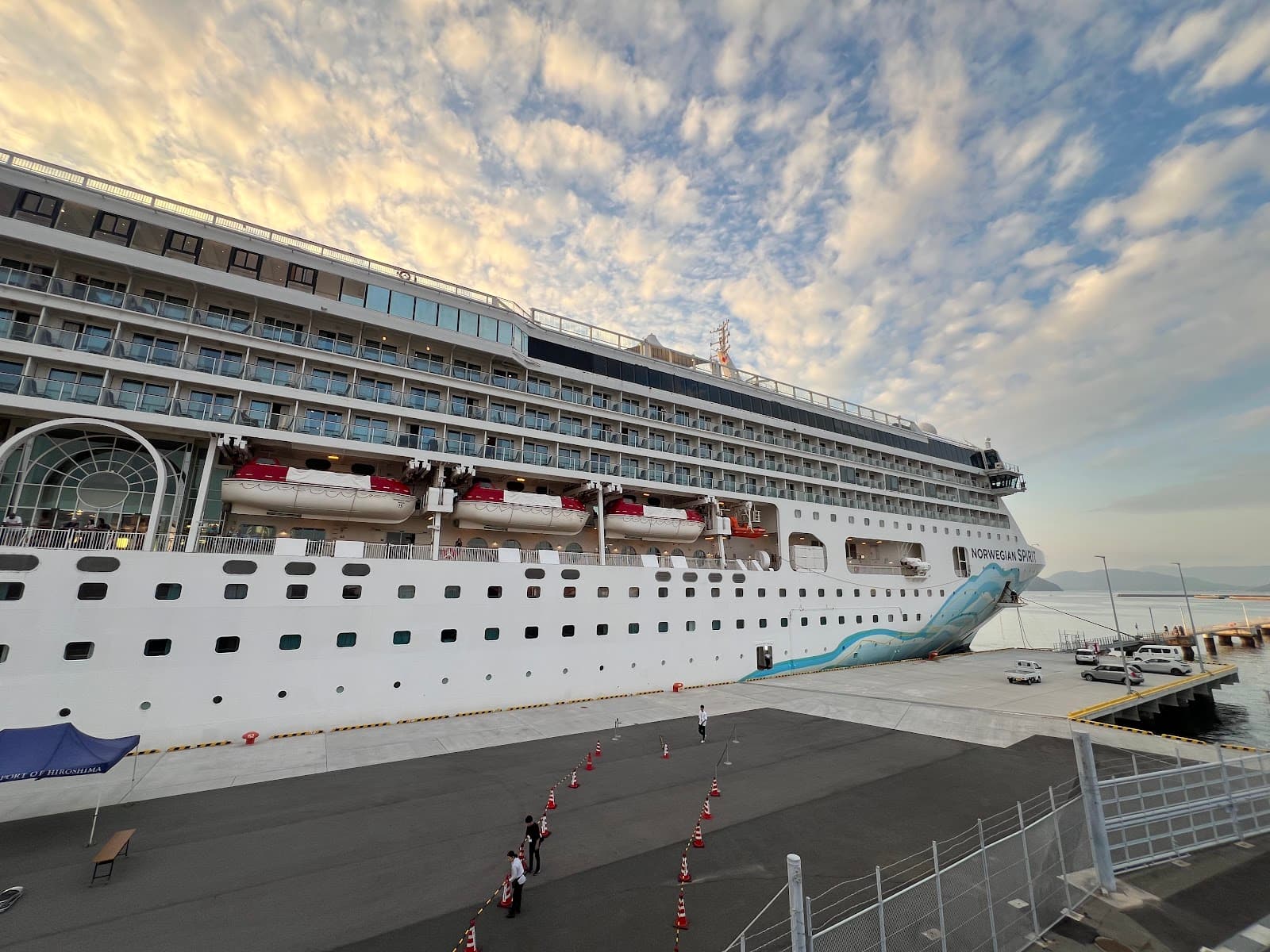
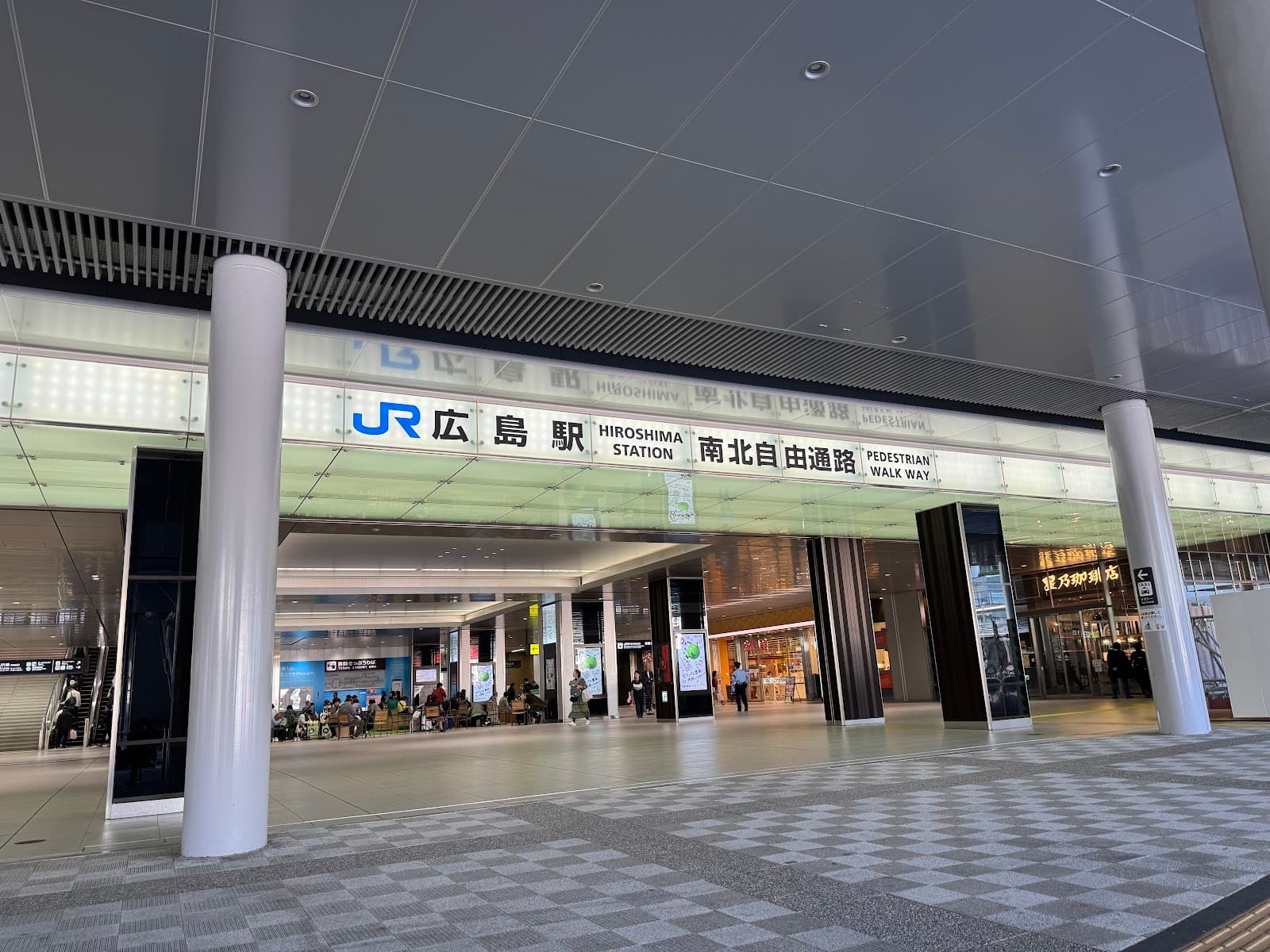

Social
from TikTok, Instagram & Reddit